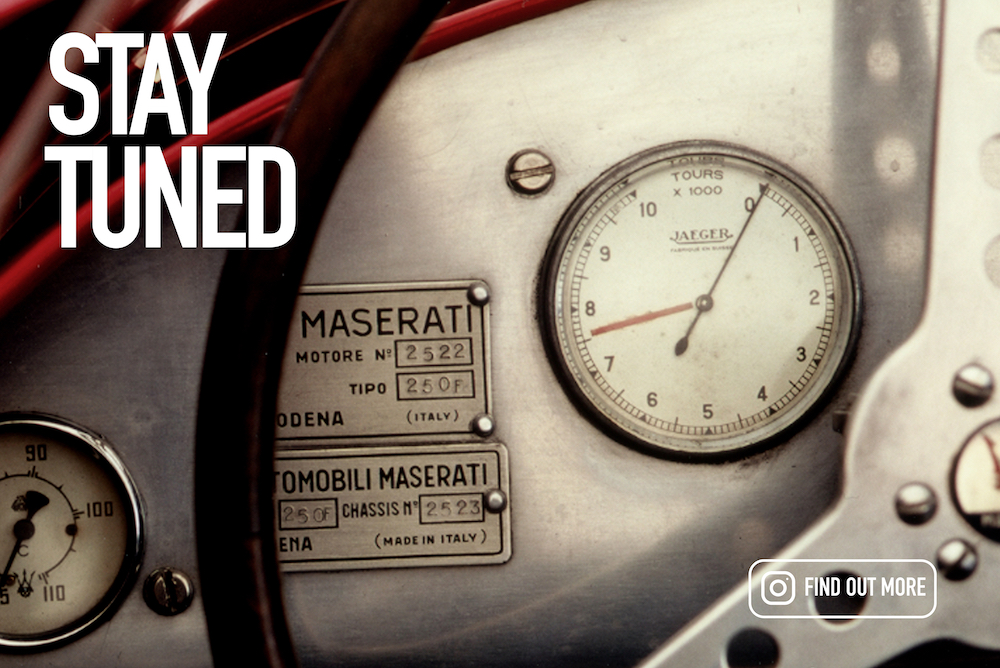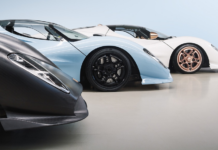Volkswagen’s Type 2 was the marque’s second ‘people car’ bringing all-new practicality and, with a campervan conversion, the option to wake up wherever the whim may take you. From its humble van origins, the T2 has spawned the off-road ready Syncro and powerful V6 and twin-turbo diesel variants on its way to becoming a cultural icon. Let’s get going on this guide to the best Type 2 Volkswagen vans ever.
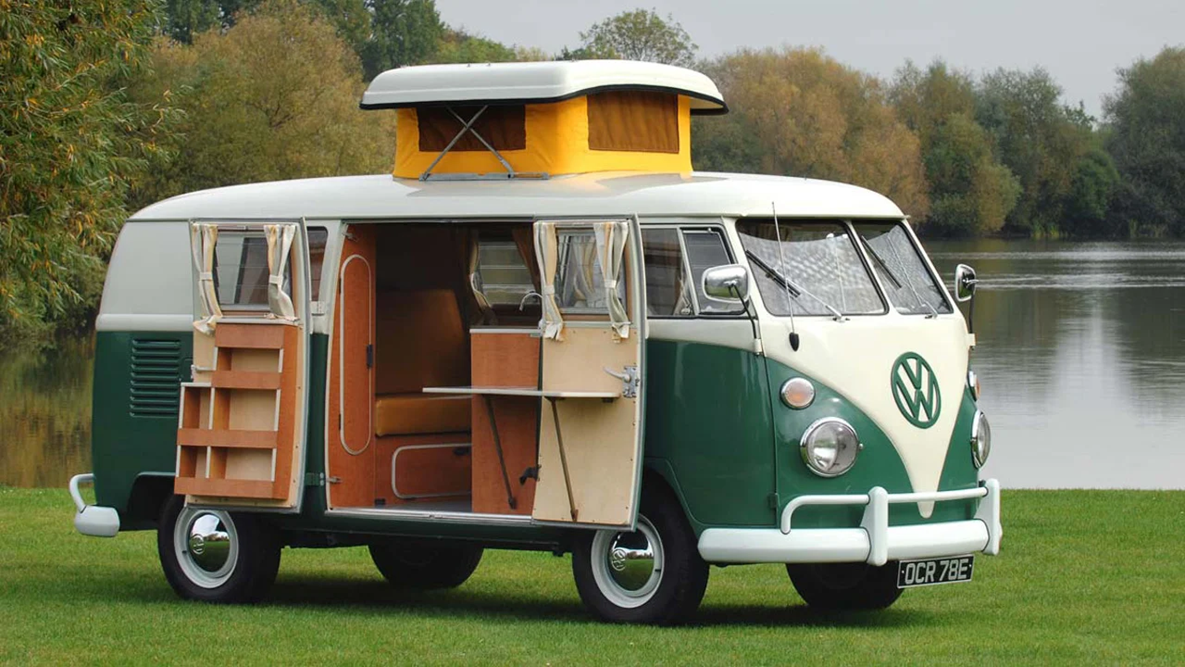
Westfalia Camper
The Westfalia Camper exemplified the freedom of owning a van big enough to live out of, waking up lakeside one morning and on a mountain vista the following day. Rather than building the camper in-house, Volkswagen handed the job over to Westfalia, so a motoring world star was born.
Westfalia’s seats transformed into beds, you got birchwood cabinets, a table, curtains, an electrical hook-up and an ice cooler from which you could cheerily drink an ice-cold beer watching your neighbour struggle with their tent poles. Unsurprisingly, it was a hit with European campers but also popular with the visiting American military who bought the vans and brought them back to the USA.
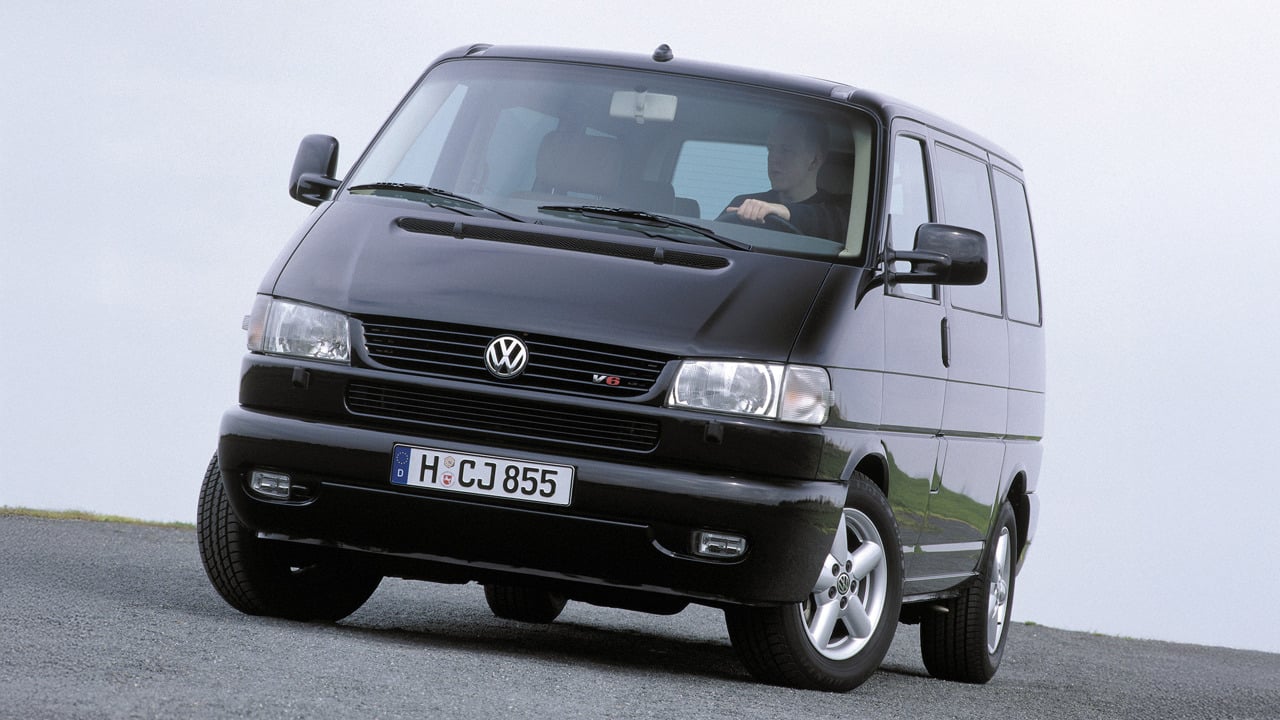
Type 2 T4 Caravelle V6
‘Fast’ is not a word classic Type 2 owners would associate with their campers. Early Type 2s could struggle to chug up hills, withering as the gradients got even mildly challenging. But the T4 generation brought the concept of a truly fast van. Its 3.2-litre V6 produced 230PS (169kW), brought 0-62mph in 10.5 seconds and could waft up to a 127mph top speed making this ‘van’ quicker than a Golf GTI – and you can’t carry eight people in a GTI.
Racing hot hatches probably wouldn’t be appreciated by the van load of execs you were carrying, but the V6’s hearty power delivery – maximum torque came in at just under 3,000rpm – meant its character could still be enjoyed on the school run and on longer motorway slogs. It was unparalleled as a supremely practical family wagon that could also be fun. Although fuel economy of less than 20mpg in the real world somewhat took the gloss off it.
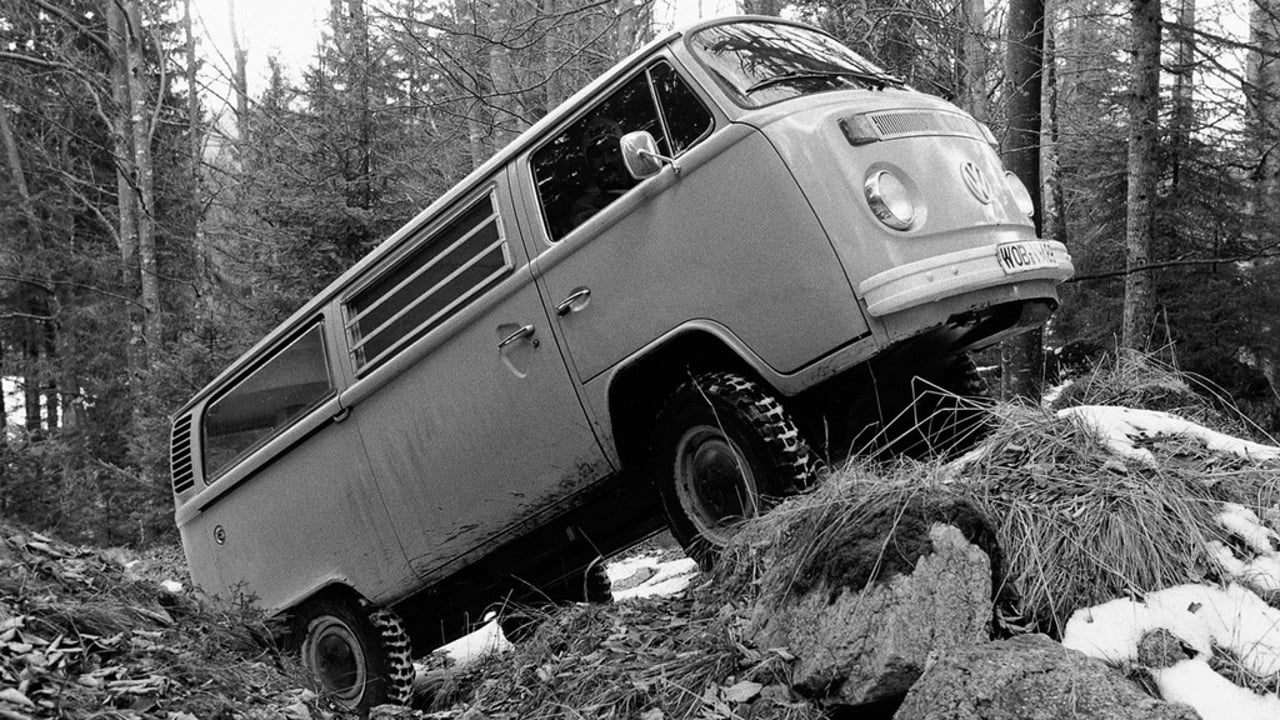
T2 Bus ‘Syncro’
The T2 Bus ‘Syncro’ laid the foundation of an idea to have a go-anywhere Type 2. While we call it a ‘syncro’, the T2 had manually activated four-wheel-drive rather than having the active viscous coupling of the later model. Nevertheless, the T2 was a formidable offroad machine thanks to its generous approach angle and rear-engined traction.
Front and rear diff locks were also available. The four-wheel drive was fitted by Steyr Daimler Puch in Graz, Austria, making the T2 an expensive van to build with a high price that put dreams of adventure firmly on ice.
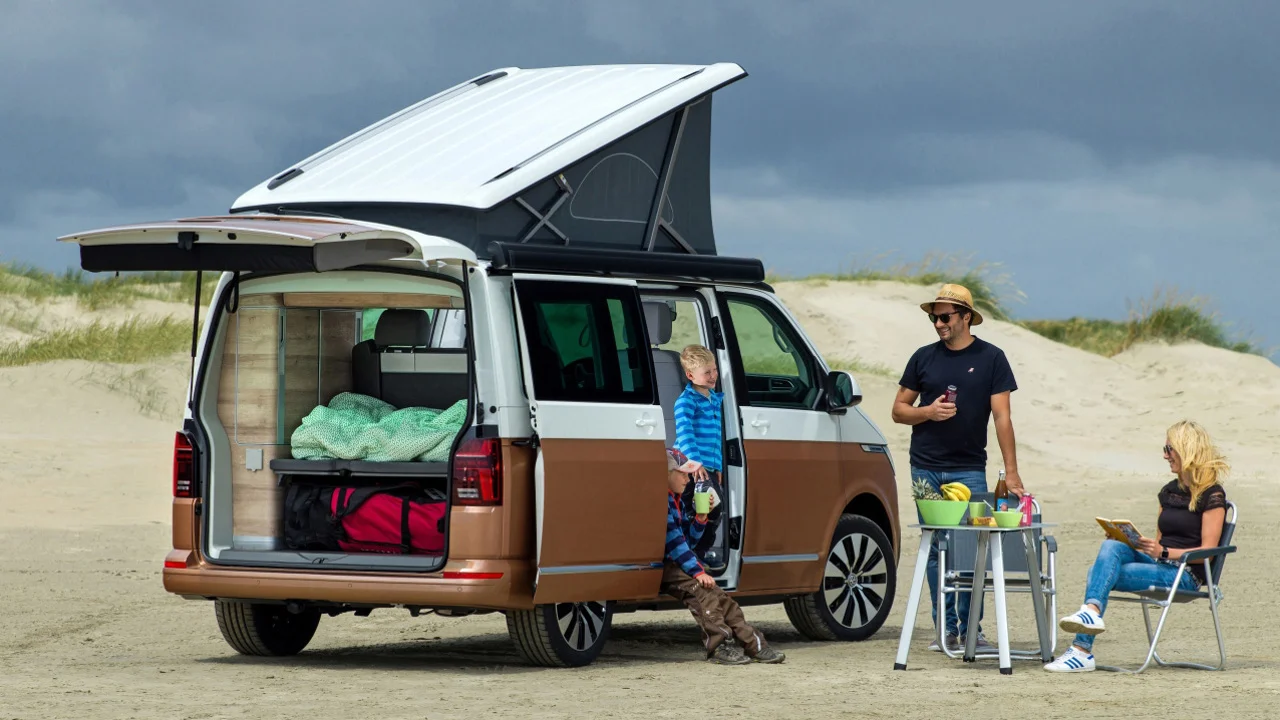
Type 2 T6 California
The T6 California might lack the charm of an early camper, but it more than makes up for that in luxury, and because it’s been replaced by the car-based T7 Multivan, it already gets classic car status as the last of the true Volkswagen vans. As many a motoring journalist will tell you – because California’s popular on the press fleet – nothing quite beats turning up on a campsite, unfurling your awning, unfolding your inbuilt camping seats, and not having to worry about erecting a tent on soggy ground.
In Ocean configuration, the T6 is particularly well specced, with a roof that rises electrically, an inbuilt fridge, a gas hob and space for four. The T6 also brings a big step up in the driver stakes, with four-wheel drive and a powerful twin-turbo diesel engine able to drag you out of the muddiest mud-drenched campsites and make light work of overtakes. It’s the full package. But with modern techs like active cruise and auto park comes a modern price tag that contrasts the T2’s humble origins.
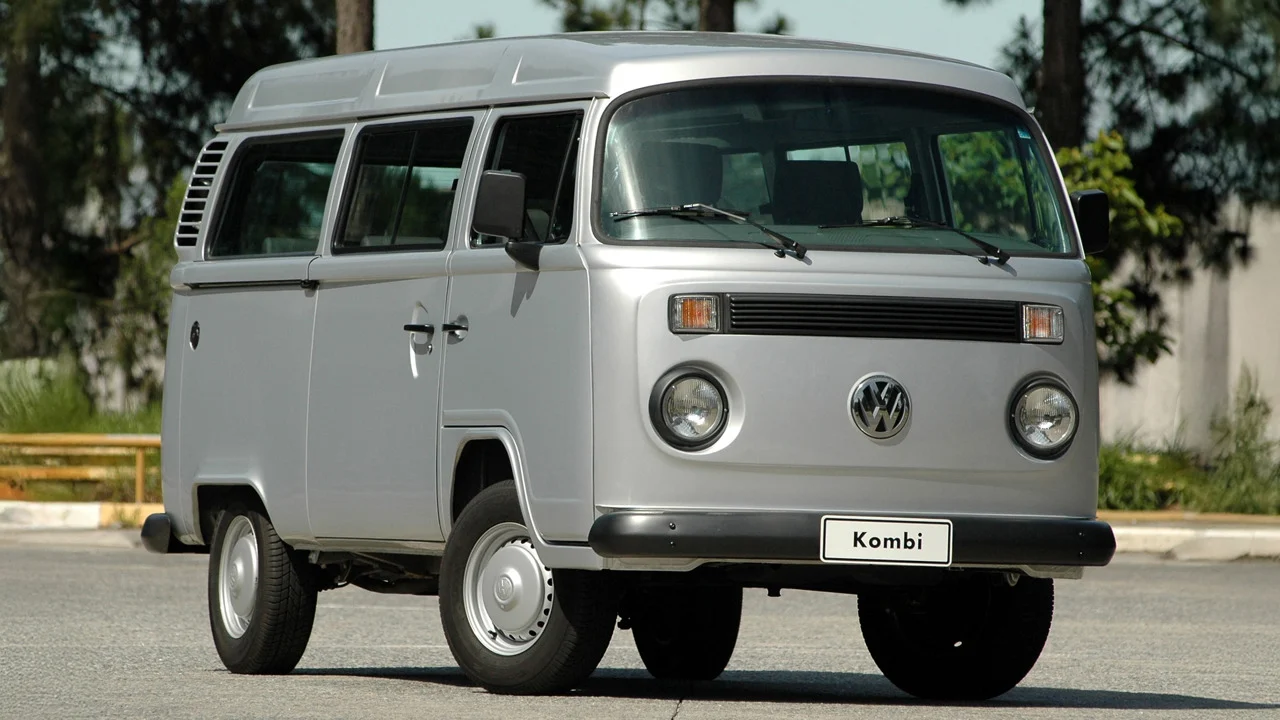
Type 2 T2c
While the T2 went off sale in Europe in the late ’70s, sales in Brazil blossomed when it went into production in 1990, and the air-cooled van wouldn’t go off sale until 2006 (three years after the air-cooled Beetle), killed by emissions regulations. The Special Edition Kombi celebrated the occasion with exclusive silver paint and limited-edition emblems, and just 200 examples were built.
The Brazilian version featured an airy interior thanks to a roof raised 10cm over the standard model. You could choose from a water-cooled 1.8-litre petrol or an air-cooled 1.6, though a diesel model offered improved fuel economy (it still wasn’t good) but slow performance and poor engine life thanks to insufficient cooling.
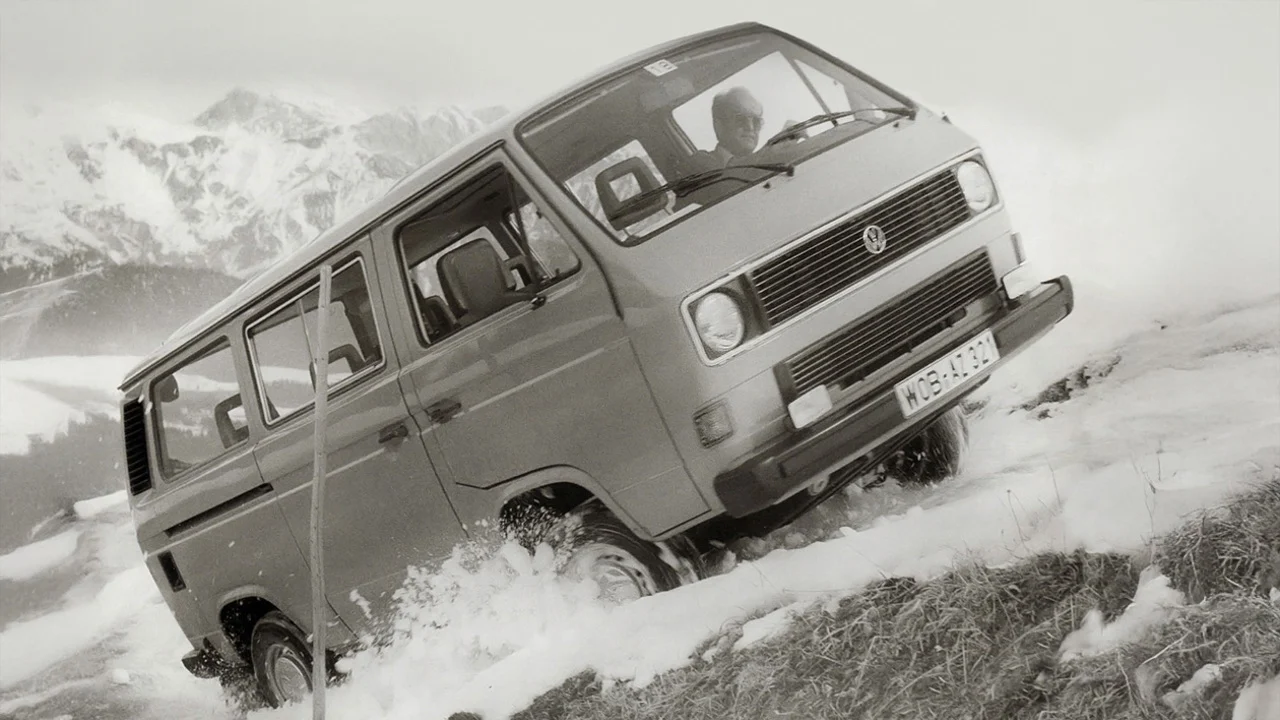
Type 2 T3 Syncro
It wasn’t until 1985 and the T3 Syncro that Volkswagen mass-produced a four-wheel drive model, giving owners access to the open road and beyond. Its viscous coupling distributed power to the front and rear axles as needed, hauling the Syncro up terrifyingly steep inclines and back down them again as you peered through the windscreen a few inches from your face.
Power (not much of it) came from a 1.9-litre flat four, but the Syncro’s “Gelände” low-range ‘Terrain’ gear gave it plenty of traction through slippery mud and up steep gradients – engine upgrades are available. The Syncro looked the part, too, with chunky tyres and raised suspension that oozes a kind of A-Team-like menace.
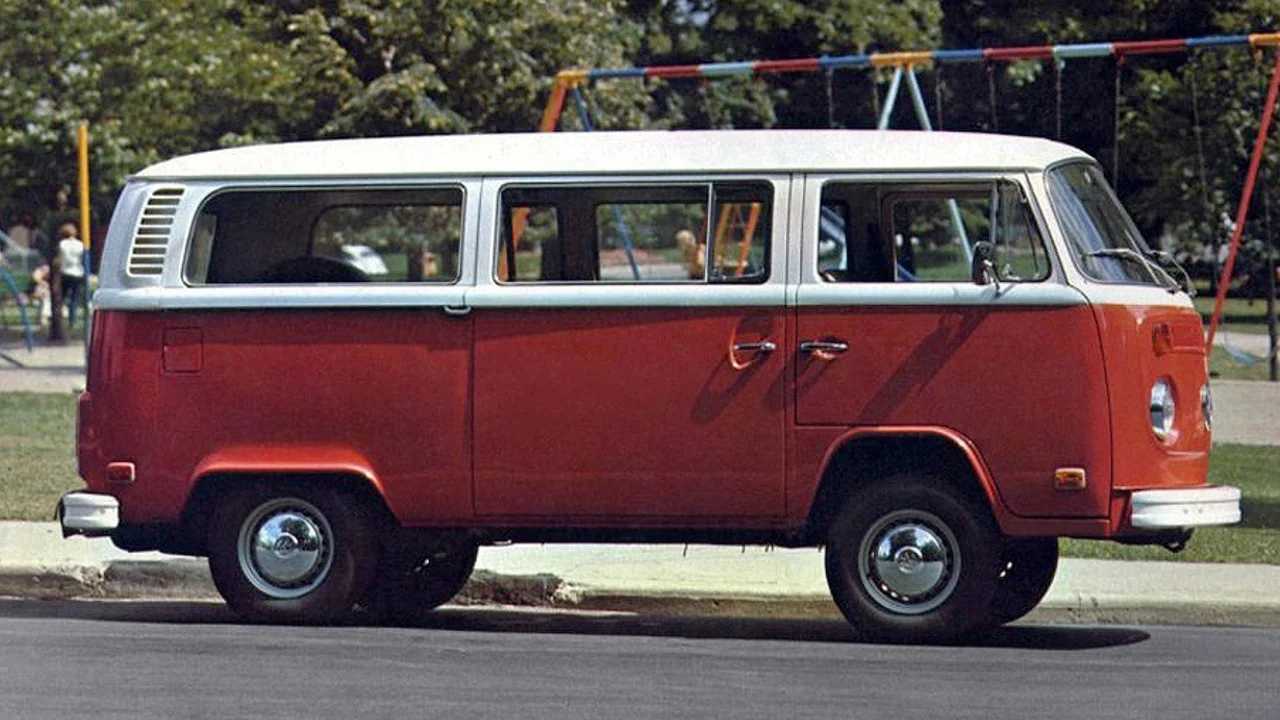
Type 2 T2b
The Type T2b is a best-of-both-worlds camper. With classic looks similar to the original T1, twin-tone paint jobs, striped cloth roof and dished steel wheels, but with modern disc brakes and safety that was – thanks to a new bumper design and deformable nose – comparable to cars in the early 1970s. Its vast bay window gave excellent visibility next to the old-school ‘splittie’, and Volkswagen also worked on the van’s rear suspension to tame the jitters experienced by early models.
That’s all for the good because, in the 50PS (37kW) T2b, the trip is as much about the journey as the destination – it never feels quick but chugs along with a conviction alien to the original model. Often labelled the ‘wrong’ Type 2 because it lacks the effortless cool of its forbear, the upside of its unpopularity is prices that verge on the affordable.
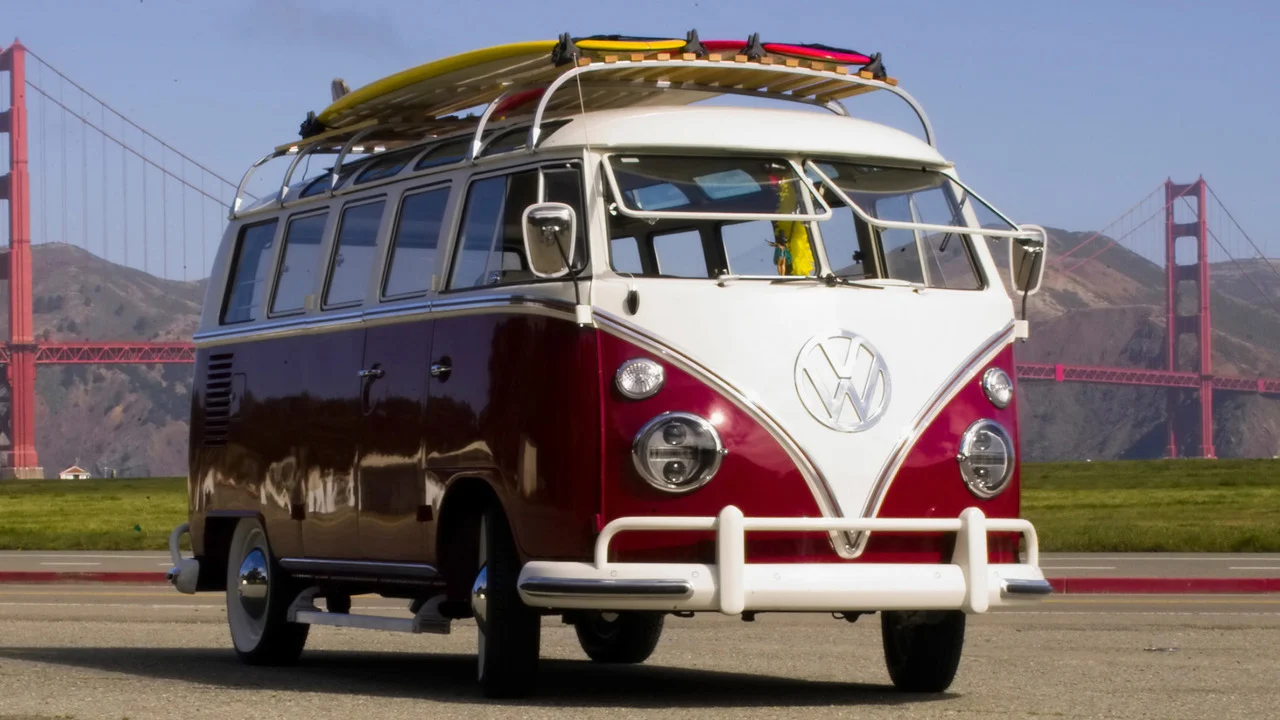
Type 2 T1 Samba
With up to 23 windows, the Type 2 T1 Samba could match the glasshouse of a Swiss mountain train with a similarly luxurious feel, making it the poshest of the T1s. Entirely where the name ‘Samba’ comes from is forever shrouded in mystery.
Some say it originates from a 1950s rail car; others say it is an abbreviation for “Sonder-Ausführung mit besonderer Ausstattung” or “special version with special equipment.” What we do know is that the Samba name first officially appeared in Dutch sales literature. It had barn rather than sliding doors, and could be ordered with a fabric top if the eight roof windows weren’t enough for you.
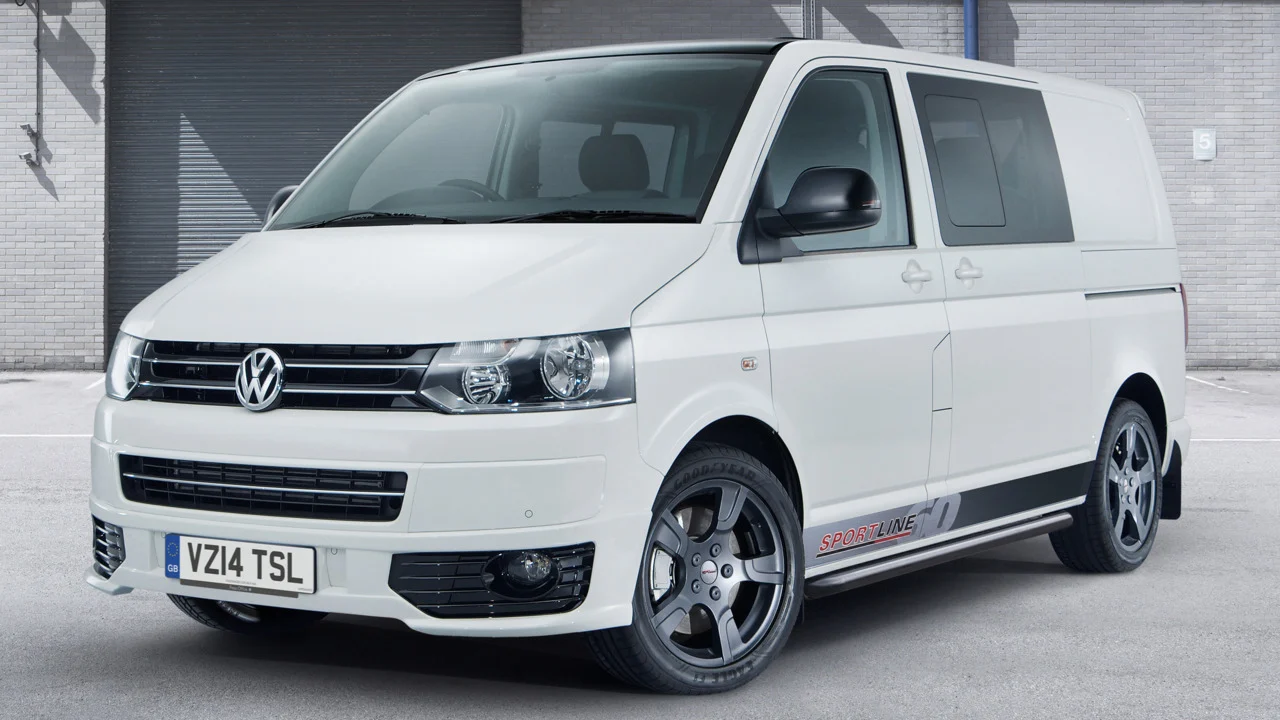
Type 2 T5 Sportline 60
While the T4 V6 was the first Volkswagen Type 2 to gain true performance, the T5 Sportline 60 also brought the looks with 18-inch wheels, lowered suspension, sporty bumpers and a roof spoiler. It was a Volkswagen with the tuning done for you. It felt more firmly pinned to the road than the standard model, but the T5’s twin-turbocharged diesel engine was the real revelation, pumping out 180PS (132kW).
The hearty 400Nm (295lb ft) of torque suited van life to a tee, hauling it to motorway speeds with the shrug of a shoulder. The T5 was also the first van offered with a DSG gearbox, adding a new feeling of luxury to the package, increasing performance and making the T5 a relaxing companion on the motorway.
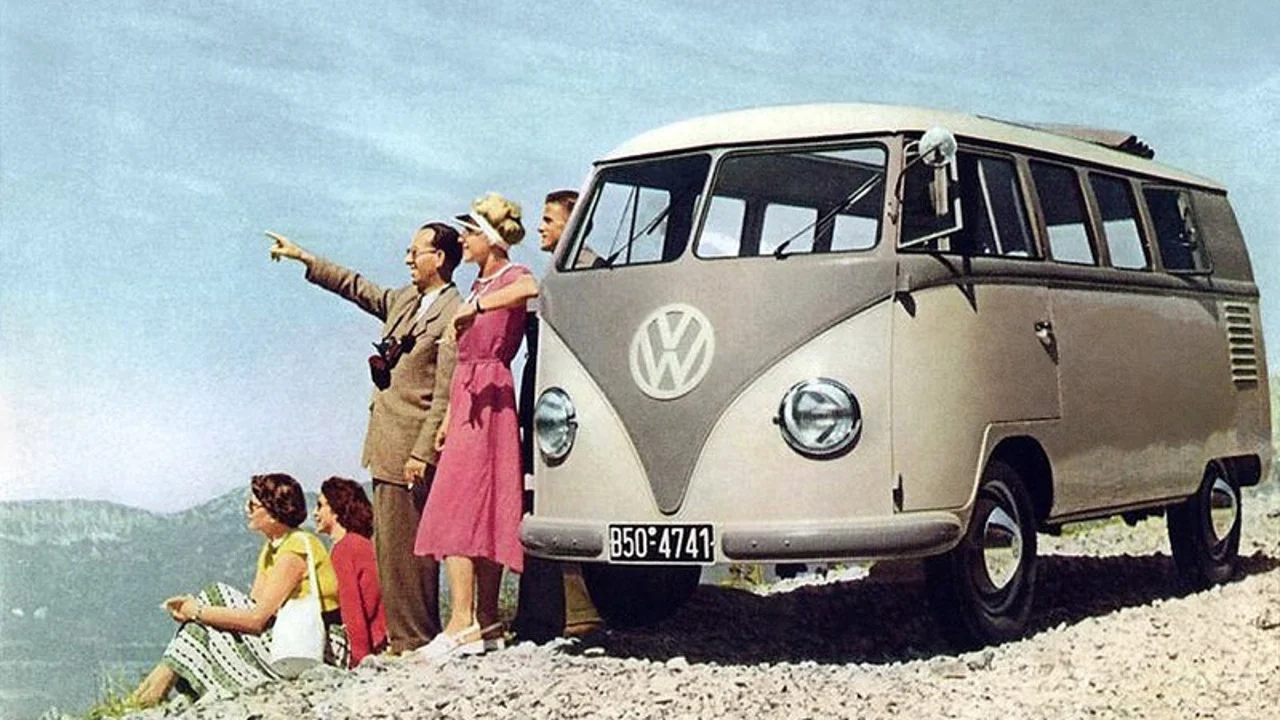
Type 2 T1 Splittie
The Type 2 was Volkswagen’s second people-car model, which joined the Type 1, the Beetle, on the company’s line-up with a smiley face, solid and easily maintained mechanics, and infinite practicality. Kombi models featured removable rear seats so you could sling in a bed and treat the world as your oyster.
But, while the Type 2 did indeed open the world up to your bidding, it was never going to get you anywhere quickly. You’d be lucky if early models got you there, chugging out a stressed 24PS (30kW) in 1956. By the early ’60s, power had increased to 52PS (38kW), arming the VW with the tools needed for modern driving.
Report by Russell Campbell
find more news here.
